Metaverse Gaming & Entertainment: Trends, Tech, and Opportunities
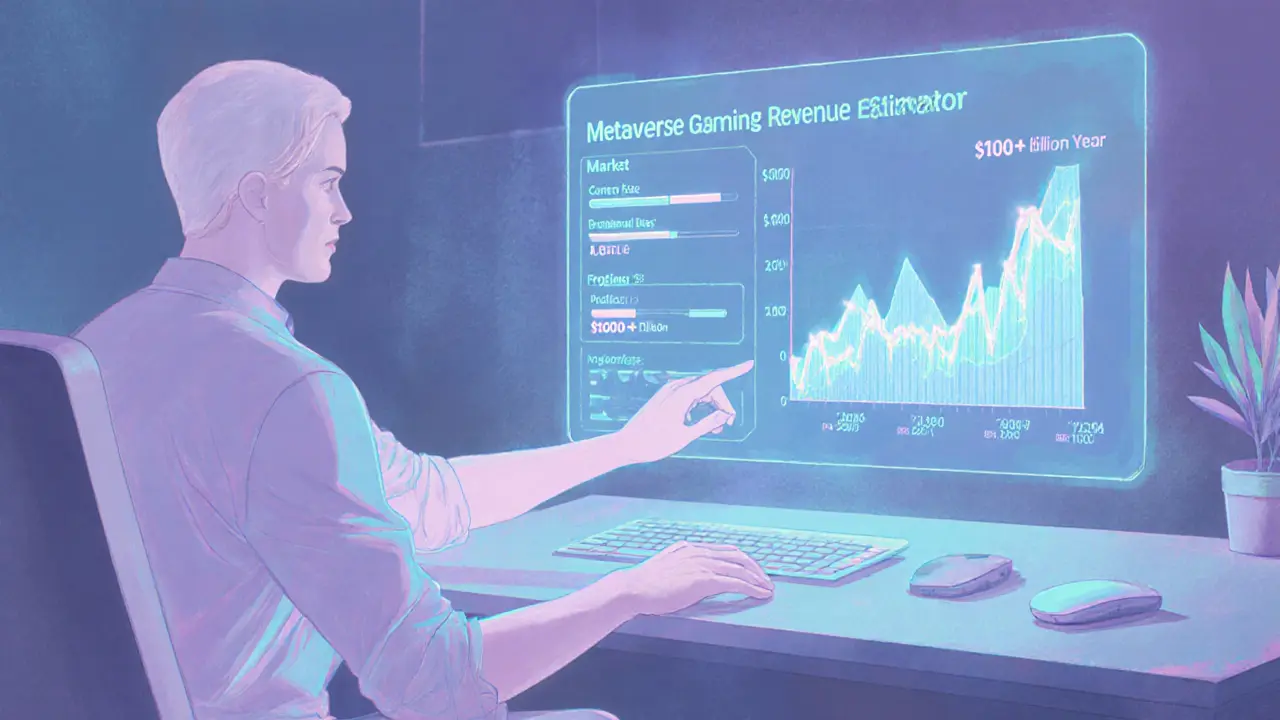
Metaverse Gaming Revenue Estimator
Enter values and click calculate to see projected revenue
Quick Takeaways
- Metaverse gaming revenue is projected to top $100billion in 2025.
- VR headsets, haptic suits, and cloud gaming are the hardware backbone.
- Fortnite, Roblox and Decentraland illustrate the social‑first model.
- Blockchain and NFTs enable true ownership and play‑to‑earn economies.
- Career paths span AI, AR/VR design, and decentralized economics.
Ever wondered why the gaming world feels more like stepping into another universe? In 2025 the metaverse gaming market is set to smash $103.6billion, reshaping how we play, socialize, and even earn money. Metaverse Gaming and Entertainment is a convergence of virtual reality, blockchain, and persistent online worlds that lets players experience true presence-not just controlling an avatar from a couch, but actually feeling like they are inside the game. This article breaks down the tech, the biggest platforms, the economics, and the career doors opening up as the industry matures.
Defining Metaverse Gaming
At its core, metaverse gaming is a 3‑D, persistent digital universe where players can own, create, and trade assets while interacting in real time. Unlike traditional games that end when you turn off the console, these worlds keep running, host concerts, conferences, and even virtual real‑estate. Key attributes include:
- Immersive Presence: Users experience spatial audio, haptic feedback, and motion tracking.
- Interoperable Assets: Items, skins, and land parcels can move across different experiences.
- Social Economy: Play‑to‑earn (P2E) models let gamers monetize time spent.
- Persistent Worlds: Environments exist continuously, independent of any single player.
Hardware and Software Foundations
The hardware stack is what turns a screen into a doorway. Leading devices include:
- VR Headsets are wearable displays that provide stereoscopic visuals and 6‑DoF tracking, turning head movements into in‑game actions.
- Haptic Suits deliver tactile feedback to the body, letting you feel a punch or a breeze in the virtual world.
- AR Glasses overlay digital objects onto the physical environment, blending reality with virtual content.
- Cloud Gaming streams high‑fidelity experiences to any device with an internet connection, lowering the entry barrier.
On the software side, engines like Unreal and Unity power realistic graphics, while decentralized platforms host the tokenized economies. Professional services-development studios, integration consultants, and cloud providers-ensure these massive systems run smoothly.
Social‑First Platforms Shaping the Metaverse
Three platforms illustrate how gaming is becoming a social hub:
- Fortnite started as a battle‑royale shooter, but now hosts virtual concerts with artists like Travis Scott, drawing millions of concurrent viewers.
- Roblox empowers creators to build their own games, resulting in a marketplace of user‑generated experiences and a thriving economy of virtual items.
- Decentraland is built on blockchain, letting users buy, sell, and develop parcels of virtual land as NFTs.
These worlds go beyond gameplay; they’re places where users meet friends, attend festivals, and even launch brands.
| Platform | Core Tech | Active Users (2024) | Key Feature |
|---|---|---|---|
| Fortnite | Unreal Engine, proprietary servers | 350M | Live virtual events & cross‑play |
| Roblox | Custom Lua engine, cloud backend | 230M | User‑generated games & marketplace |
| Decentraland | Ethereum blockchain, WebGL | 70M | Ownable land parcels (NFTs) |
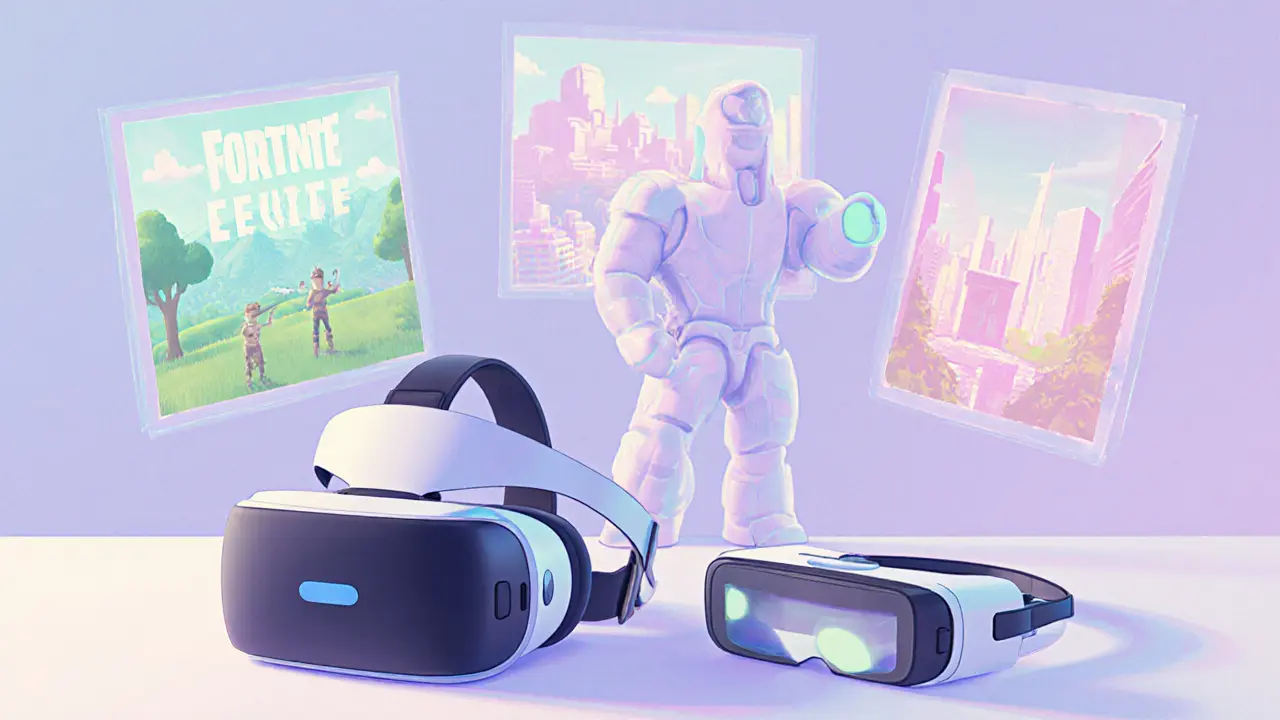
Blockchain, NFTs, and Play‑to‑Earn
The decentralized layer gives players true ownership. Blockchain provides a tamper‑proof ledger that records every transaction, from buying a rare sword to renting virtual cinema seats. Non‑Fungible Tokens (NFTs) are unique digital certificates that certify asset ownership, enabling creators to monetize skins, music, or even entire virtual storefronts. Play‑to‑earn models let gamers earn tokens that can be exchanged for fiat currency, turning leisure into a potential income stream.
Market Landscape and Growth Drivers
Why are investors flocking to this space? A few numbers paint the picture:
- Global metaverse revenue projected at $103.6billion for 2025.
- Gaming accounts for roughly 45% of that value, per EY research.
- VC funding in blockchain gaming alone topped $2billion in 2024.
- Consumer spend on virtual goods grew 30% YoY, driven by NFTs and P2E titles.
Cross‑industry collaborations-fashion brands designing virtual apparel, movies premiering in digital auditoriums-are expanding the audience beyond hardcore gamers.
Career Pathways in the Metaverse Economy
Companies are hiring for roles that didn’t exist a decade ago. Microsoft, for instance, is integrating its Mesh platform with AR chipsets to power shared holographic experiences. In‑demand jobs include:
- AI & Machine‑Learning Engineers (for realistic NPC behavior)
- AR/VR Designers and Developers
- Blockchain Architects and NFT Marketplace Managers
- Community & Economy Designers (balancing tokenomics)
- Business Development leads for brand partnerships
Challenges and the Road Ahead
Even with the hype, hurdles remain:
- Privacy: Persistent worlds collect massive biometric and behavioural data.
- Accessibility: High‑end VR gear can cost $1,000+, limiting mass adoption.
- Infrastructure: Low‑latency 5G and edge computing are essential for seamless immersion.
- Regulation: Governments are still figuring out how to tax virtual economies and protect consumers.
Addressing these issues will determine whether the metaverse becomes a daily utility or a niche playground.
Frequently Asked Questions
What exactly is the difference between a regular game and a metaverse game?
A regular game ends when you quit; a metaverse game lives on, lets you own assets, and offers social spaces that persist and evolve even when you’re offline.
Do I need a pricey VR headset to join the metaverse?
Not yet. Cloud gaming and mobile AR let you dip your toes in, but full immersion still benefits from high‑end headsets and haptic gear.
How do NFTs work in games?
An NFT is a unique token stored on a blockchain that proves you own a specific digital item. This ownership can be bought, sold, or traded outside the game’s marketplace.
Is play‑to‑earn a reliable source of income?
It can supplement income, but earnings fluctuate with token prices and game popularity. Treat it like a side hustle, not a full‑time job.
What skills should I learn to work in metaverse development?
Start with 3D engines (Unity or Unreal), then add AR/VR SDKs, basic blockchain concepts, and experience in user‑experience design for immersive environments.

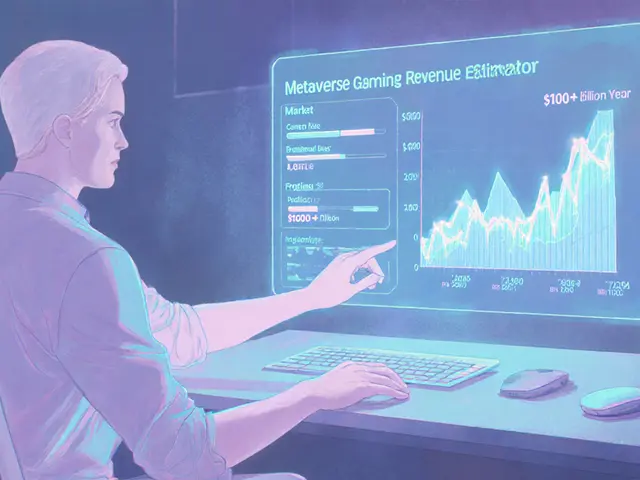
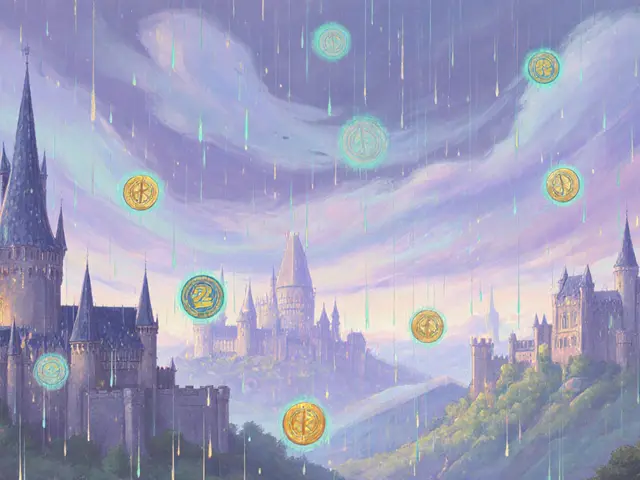
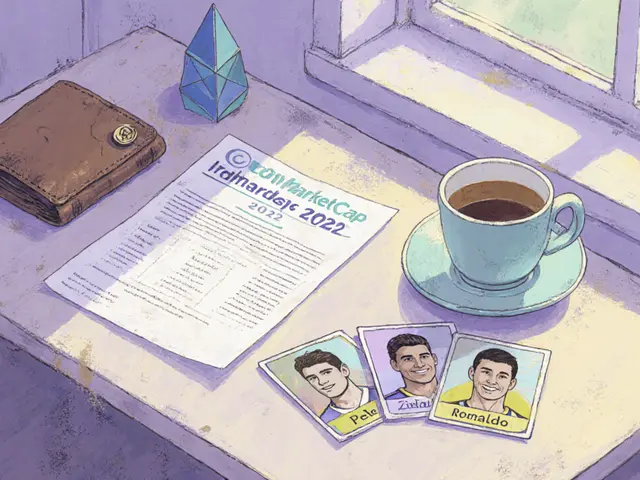

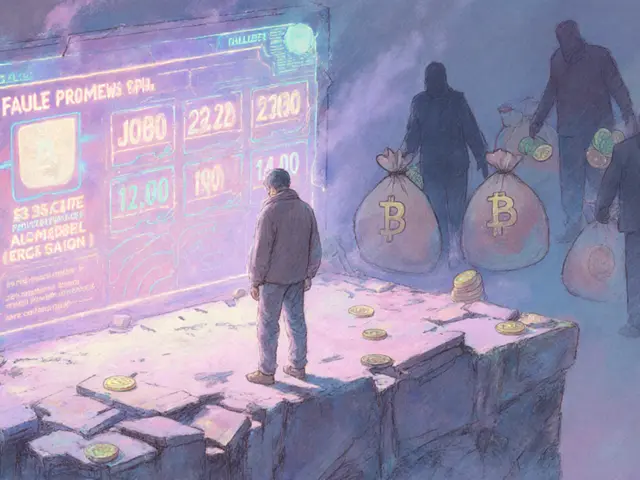

🚀 The metaverse hype train is full of buzzwords, but the actual SDK integration pipelines are still riddled with latency bottlenecks and hardware fragmentation. Most devs are slogging through OpenXR compliance checks while investors hype the next wave of voxel‑based economies. 🎮🤖
Great overview! The way you broke down the hardware stack really helps newcomers see where to start, and the optimism around cloud‑gaming democratizes access. Keep pushing these insights forward! 😊
Totally agree the hardware backbone is key – especially the 6‑DoF tracking in headsets. Good point about cloud stripping barriers.
The article glosses over the fact that most of these “immersive” experiences still suffer from motion sickness and eye strain, and the promised economies are riddled with speculative tokens. It’s a classic case of tech‑first, user‑first later.
While we debate comfort, remember that real innovation comes from nations that invest heavily in domestic chip production. Without sovereign hardware, we’ll always be dependent on foreign supply chains that dictate terms.
Interesting take on the AR glasses – they’re still pricey but the design language is getting cooler each year. I think we’ll see more hybrid devices soon.
Imagine stepping into a digital concert where the rhythm of the bass literally pulses through your fingertips – that’s the kind of synesthetic experience the metaverse promises. It’s not just gaming; it’s a new canvas for artistic expression, a place where the line between creator and audience blurs into a shared dream.
The metaverse is just a fad, nothing new under the sun.
I hear you, but there’s also genuine community building happening – people are forming lasting friendships across continents, which is a positive side you can’t ignore.
Sure, community is great until the algorithm decides whose content gets amplified. Meanwhile, the tokenomics are engineered to profit the platform, not the player, and that’s a narrative we need to keep questioning.
One could argue that the very act of questioning dilutes the immersive experience, turning an escape into a lecture hall. Yet, without that critique, we risk surrendering agency to invisible market forces.
Love how the piece highlights the play‑to‑earn model – it’s a real avenue for creators to monetize talent without gatekeepers. Keep the momentum going, this sector is just getting started.
Absolutely! The convergence of AI‑driven NPCs and real‑time physics will make worlds feel alive, and that excitement is contagious. Let’s keep building those dreamscapes! 🎉
Spot on – balanced growth means we need both tech upgrades and community guidelines. With the right mix, the metaverse can be inclusive and fun.
When I first heard the term "metaverse," I imagined a sleek, neon‑lit cityscape where avatars glide effortlessly between virtual cafés, concert halls, and sprawling battlefields. What actually materialized, however, is a patchwork of platforms each vying for the crown of "the one true world," and that fragmentation is both a curse and a catalyst.
On one hand, developers are racing to implement cutting‑edge haptic feedback, spatial audio, and photorealistic rendering, which pushes the envelope of what immersive tech can achieve. On the other hand, the hardware requirements-high‑resolution headsets costing upwards of a thousand dollars and powerful GPUs-still sit out of reach for the average consumer. This price barrier creates a socioeconomic divide that mirrors real‑world inequities, and any claim that the metaverse will be universally accessible remains, for now, aspirational.
Another fascinating thread is the rise of interoperable assets. NFTs have introduced true digital ownership, allowing a skin purchased in one game to be displayed in another-provided the developers agree. While this is a tantalizing glimpse of a unified economy, the current lack of standards turns it into a wild west of token gimmicks. Some projects pump questionable coins, leaving unsuspecting gamers with assets that quickly lose value. The community's skepticism is justified, yet the underlying technology holds promise if regulation and open standards catch up.
Moreover, the social fabric of these worlds cannot be ignored. Platforms like Roblox and Decentraland have become hubs where creators, educators, and brands converge, blurring the line between work and play. Virtual concerts, for instance, have attracted millions of viewers, turning a simple musical performance into a multi‑billion‑dollar venture. However, this commercialization raises questions about authenticity: Are we witnessing genuine artistic evolution, or merely a new advertising frontier?
From a career perspective, the demand for talent is exploding. Companies are hunting for AR/VR designers, blockchain architects, and AI behavior engineers. If you’re contemplating a pivot into this sector, mastering Unity or Unreal, coupled with a foundational grasp of smart contracts, will make you a hot commodity. Yet, the volatility of the market means that staying adaptable is crucial; the skill sets that are prized today might shift dramatically as new protocols emerge.
Lastly, we must confront the ethical dilemmas. Persistent worlds collect staggering amounts of biometric data-eye tracking, motion patterns, even emotional responses. How this data is stored, shared, and monetized is largely opaque, placing user privacy in a precarious position. Regulations are still catching up, and the onus falls on both developers and users to demand transparency.
In sum, the metaverse sits at a crossroads of boundless potential and stark challenges. Its trajectory will depend on how we, as a collective of creators, investors, and players, navigate the technical, economic, and moral terrains ahead. The next few years will likely define whether this vision becomes a ubiquitous digital habitat or remains a niche playground for the technologically elite.
While the preceding exposition luxuriates in verbosity, one must acknowledge that the purported "revolution" is merely an incremental iteration of existing paradigms, lacking any substantive novelty. The grandiose rhetoric obfuscates a reality that is, at its core, a repackaging of decade‑old concepts.
Yo, this stuff is wild! Can’t wait to see what crazy experiences drop next.
Totally feel the excitement – the blend of AI, XR, and community tools is shaping something truly fresh. Let’s keep the momentum rolling! 😎
It's encouraging to see such enthusiasm; however, we should maintain realistic expectations about deployment timelines and accessibility.
Meh, it’s just another buzzword.
While the casual dismissal is understandable, it is imperative to recognize that technological advancement carries moral responsibilities. The unchecked proliferation of immersive platforms without ethical oversight could exacerbate issues of data privacy, psychological dependency, and socioeconomic disparity. Therefore, stakeholders must institute rigorous standards to safeguard users and promote equitable access.
All that talk about ethics is just a façade-once the money rolls in, nobody cares about privacy or fairness.